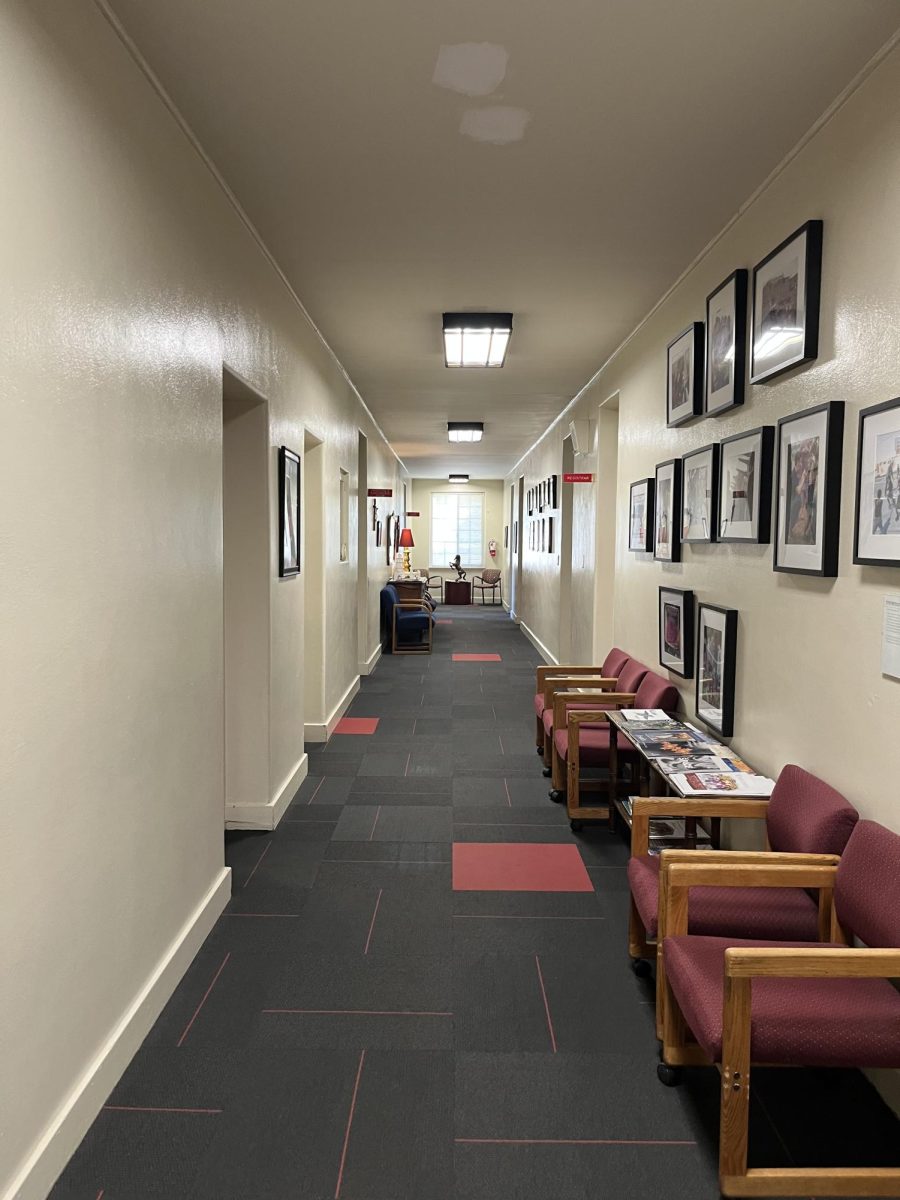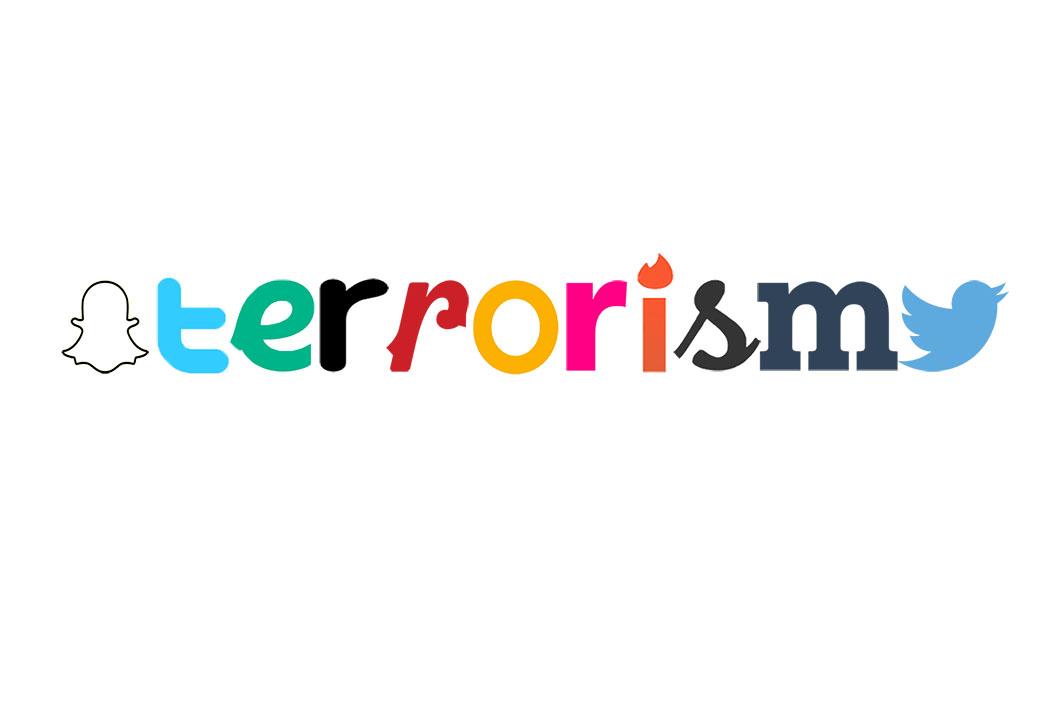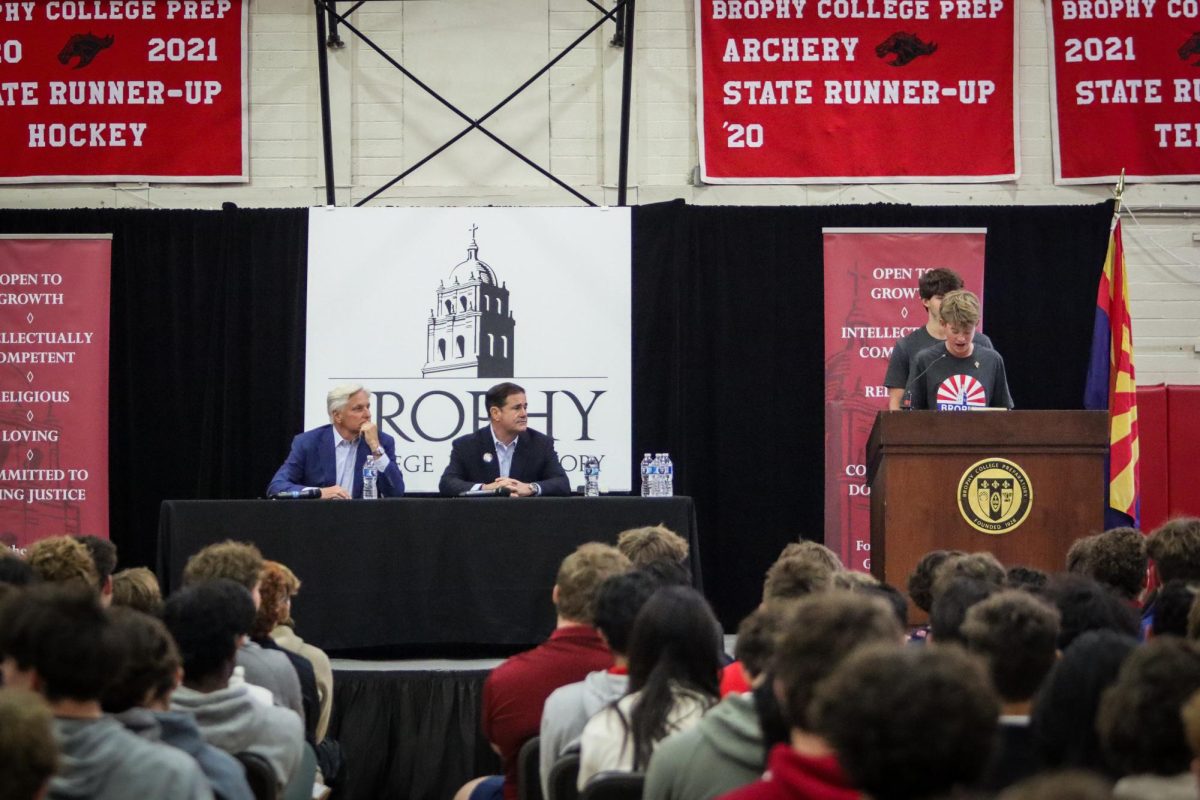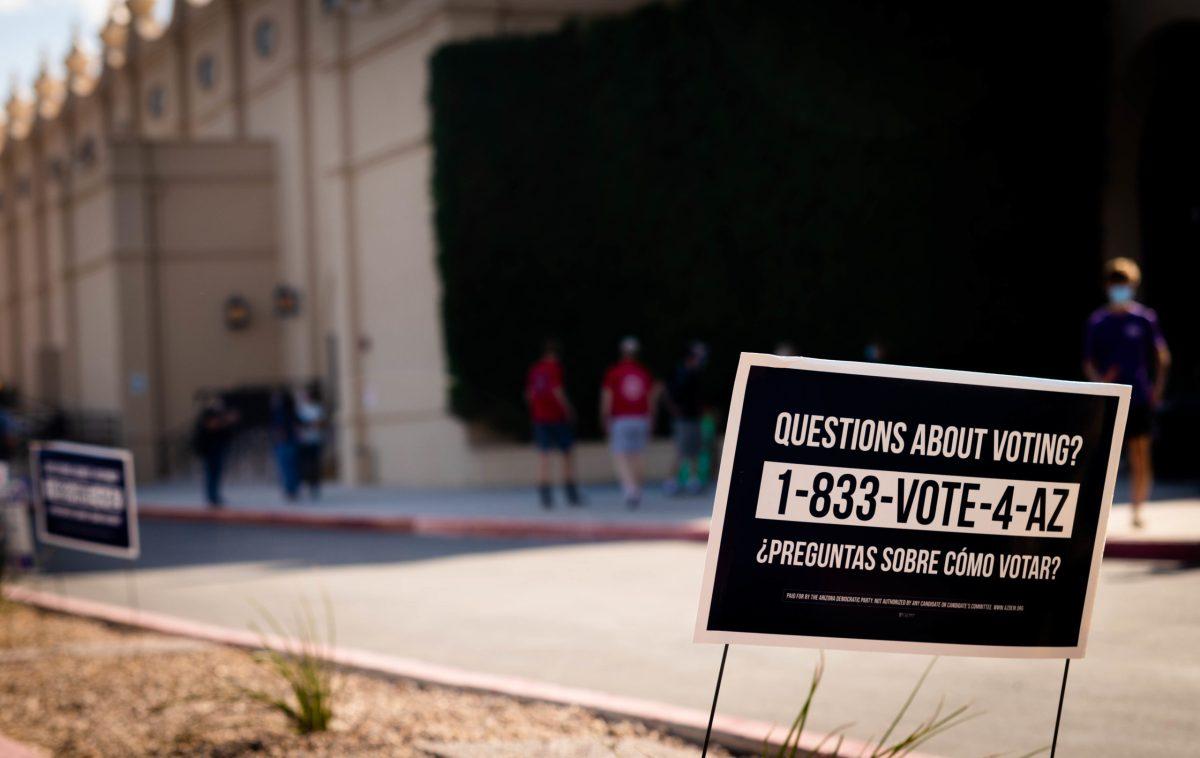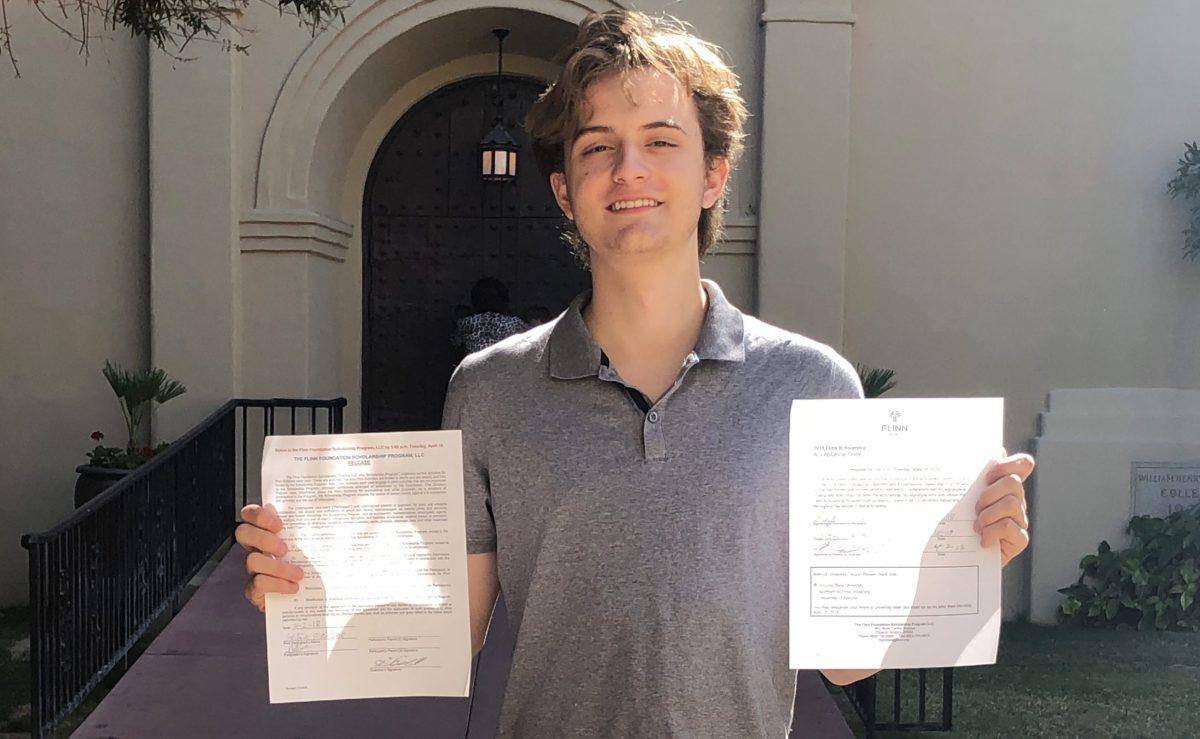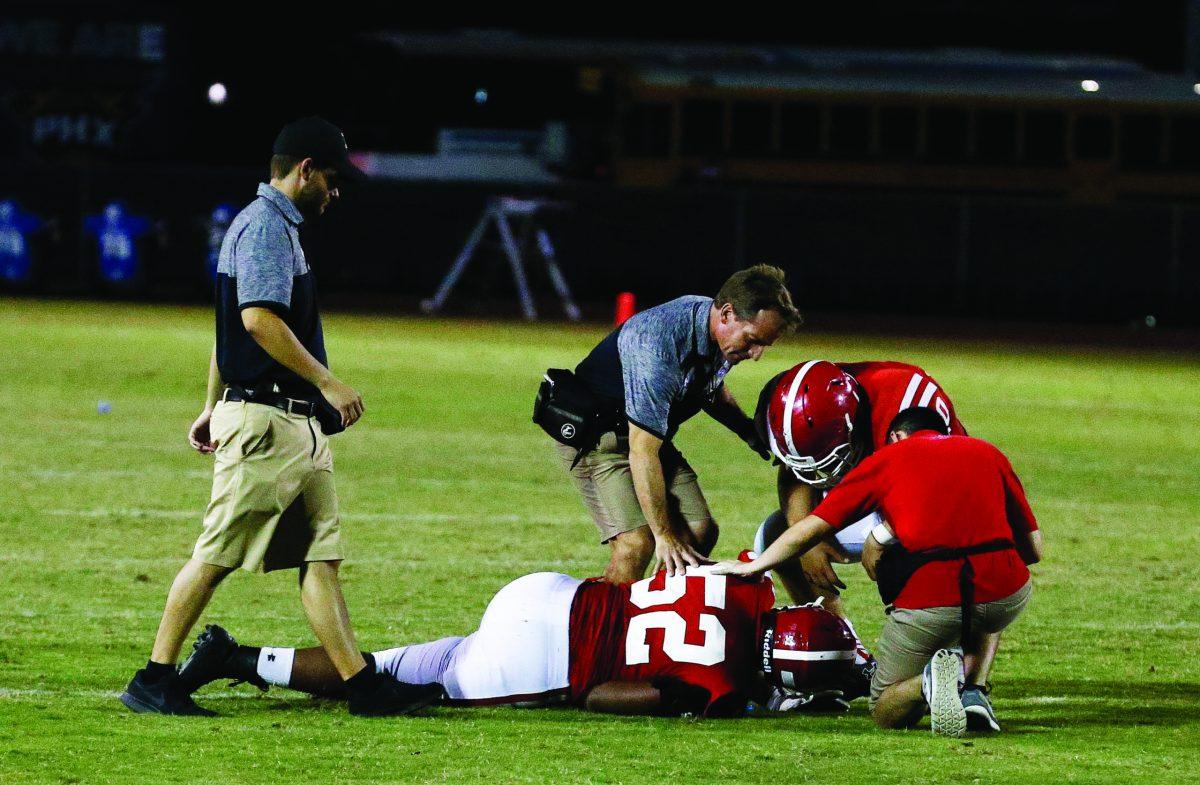Graphic by Bryce Owen ’17 – Terrorist groups use social media as a platform for communication and propaganda.
By Anthony Cardellini
THE ROUNDUP
In The Roundup‘s November 2014 edition, Cameron Bray ’16 heralded a warning to the praise social media was receiving for increasing student activism.
“ISIS, perhaps the most notorious terrorist group alive today, uses social media to showcase its brutality and ruthlessness,” he stated.
Over one year later, Bray’s warning about ISIS’s use of social media has unfortunately stayed true.
Early in 2015, three American men were arrested in an attempt to fly to the Middle East to join ISIS. This raised concerns about terrorists reaching westerners through social media accounts.
Terror groups are able to spread propaganda through social media, reaching citizens of western countries and possibly converting even more to their beliefs. Social media offers a way for these lone wolves to gain some sort of contact with these terrorist organizations, increasing chances they will eventually join.
Another concern is that social media allows these groups to become more powerful. This is a large claim, but it rings true in several ways.
The first is that social media allows terrorists to claim responsibility for their actions. The Washington Post detailed how after ISIS’s attack claimed 38 lives in Tunisia, “the Islamic State turned to one of America’s leading social-media companies to claim responsibility and warn of more attacks on the world’s nonbelievers.”
Because ISIS can quickly spread its messages about attacks, it chooses how the public first reads about these events. In a world where people often have news delivered softly, ISIS’s power over the public is increased as it is able to inform the public about its violent actions.
The second way that social media increases terrorist power is through videos. By posting graphic videos on YouTube, such as the beheading of journalist James Foley last year, ISIS gives the public a rare look into the extreme acts of violence it commits.
Above all, these points mean that ISIS can increase public fear. This happens when ISIS appears powerful in delivering its own news to the public, and when it posts graphic videos online.
This fear is problematic because it means that Americans are more likely to react with anger and over-generalizations.
Most students at schools like Brophy have several social media accounts.
The best thing students and leaders can do is ignore the accounts and videos ISIS posts. Oftentimes the most logical decisions happen when emotions are not a large factor. By viewing their tweets and watching their videos, we give ISIS what it wants: power to make us afraid.
By not allowing them to have the power of making us afraid, we ourselves become stronger and able to make better decisions.

